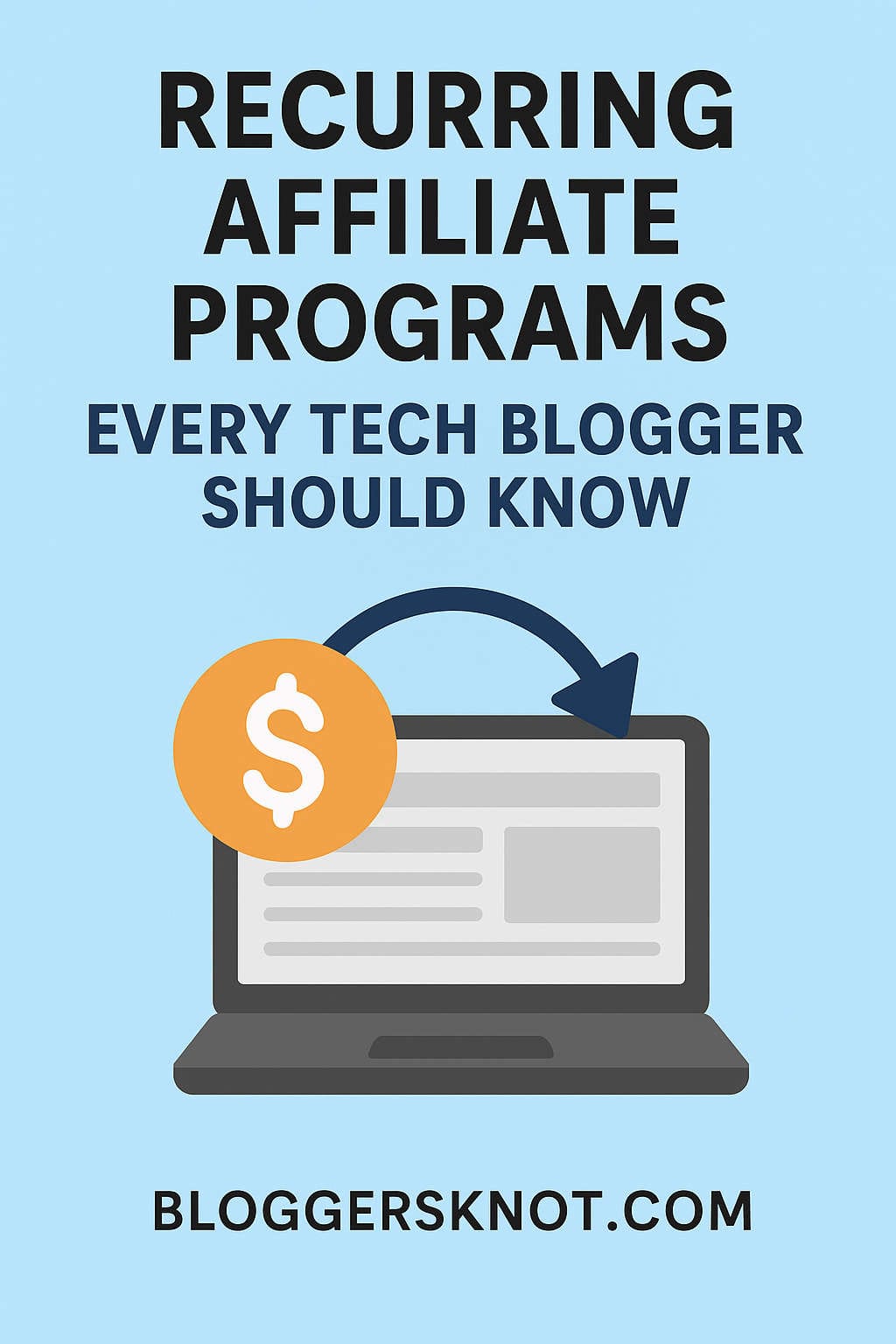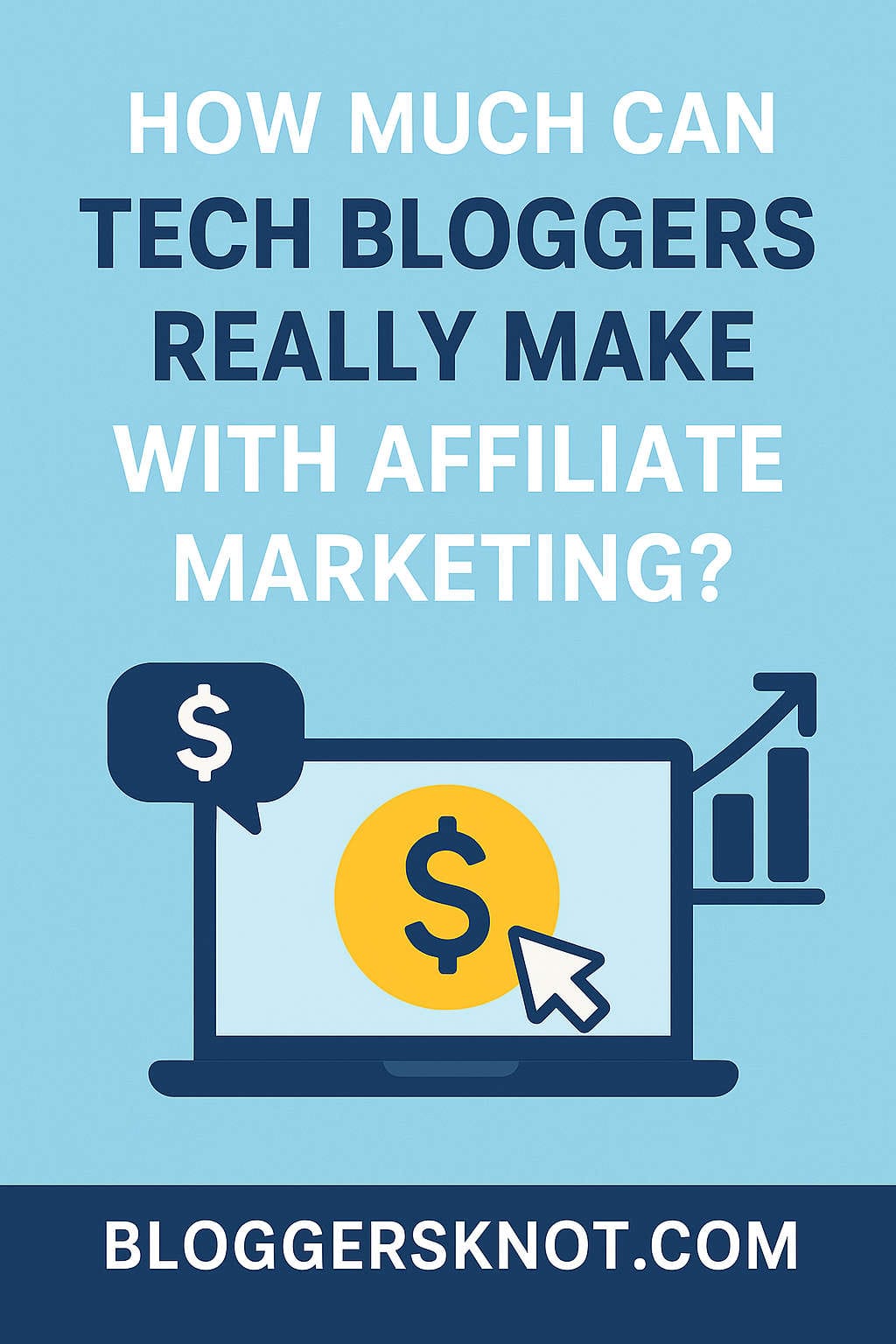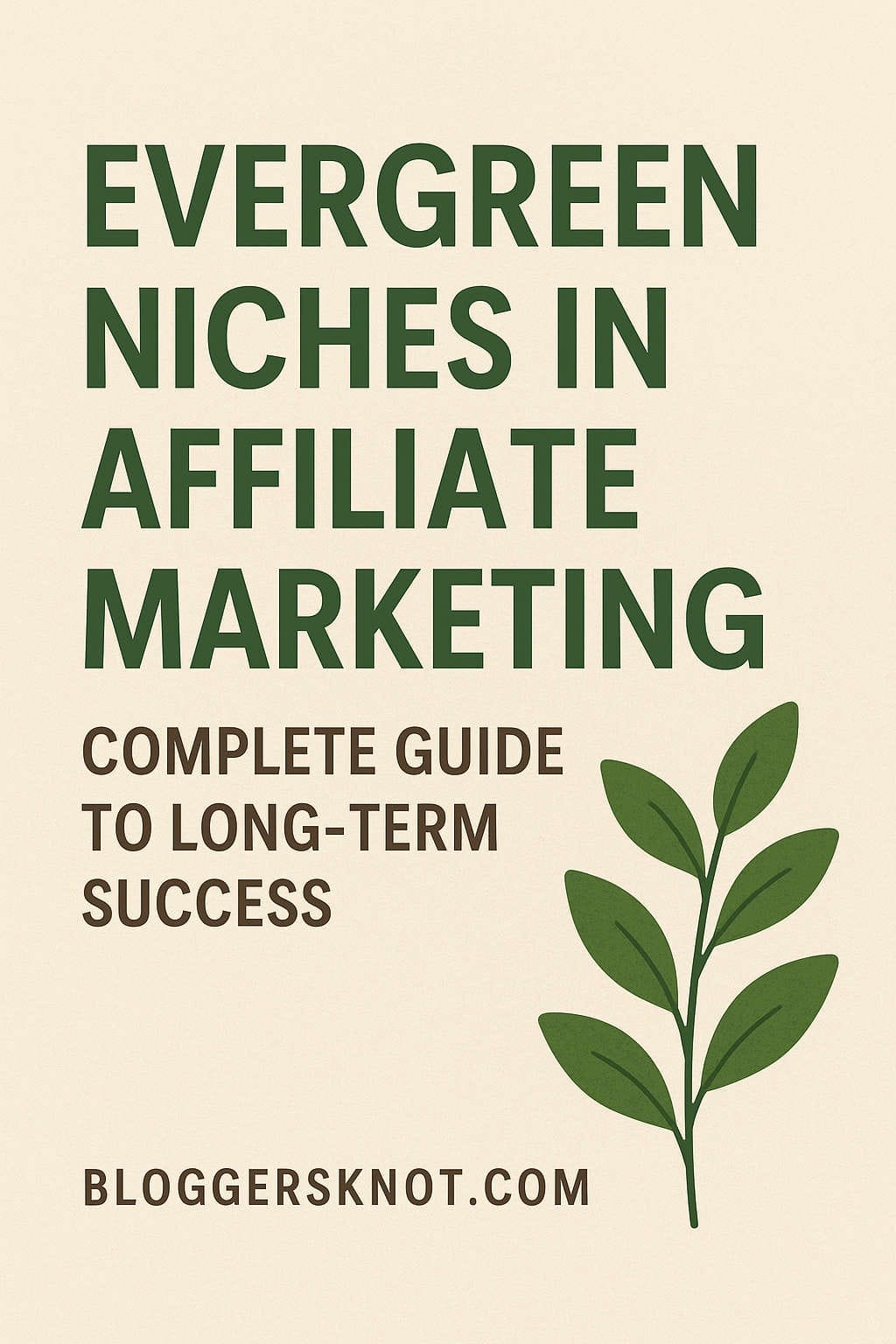The dream of earning money online has been around since the early days of the internet. Some people imagine it as a fantasy reserved for influencers, tech geniuses, or lucky individuals who stumble onto viral success. But in reality, ordinary people across the globe are making steady online income every day, often without creating their own products or running massive businesses.
One of the most practical and proven ways to do this is affiliate marketing. Unlike complicated business models that require large upfront investments, affiliate marketing allows you to earn commissions by promoting products or services you believe in. You don’t have to handle shipping, inventory, or customer service — your role is simply to connect the right audience with the right solution.
For many beginners, the magic milestone is $100 per day. This number represents more than just income. It symbolizes freedom, a new sense of control over your financial future, and the possibility of scaling into something even bigger. In this guide, we’ll dive deep into how you can realistically build an affiliate marketing system that generates $100 daily and beyond.
Why $100 a Day Feels Like the Turning Point
When you hear stories of affiliate marketers making thousands of dollars daily, it might feel distant or unrealistic. But aiming for $100 each day is both attainable and powerful. For one, it adds up to around $3,000 a month, which could cover rent, student loans, or allow someone to reduce their hours at a traditional job. It’s also an amount that can be reached through focused effort without requiring huge teams or budgets.
At the same time, this milestone proves the system works. Once you’ve built a structure that brings in $100 consistently, scaling it up becomes more about refinement than reinvention. You know what niche connects with people, which content types convert, and which products bring steady revenue.
Laying the Foundation: Understanding Affiliate Marketing
To succeed, it’s important to understand how affiliate marketing functions at its core. The process always starts with a product or service someone else has created. As an affiliate, you sign up for a program that gives you a unique tracking link. Every time a person clicks that link and makes a purchase, you receive a percentage of the sale or sometimes a fixed amount.
This is performance-based, meaning your income directly reflects how effectively you help others discover products they already want or need. If you introduce a tool that saves someone time, or a supplement that genuinely supports their health journey, both the buyer and the company benefit — and you share in that value exchange.
The beauty of this model is that there are endless products across virtually every industry. From fitness programs and financial tools to travel gear, online courses, and household gadgets, there’s something to promote for nearly every interest or expertise.
Finding Your Lane: Choosing the Right Niche
Affiliate marketing success starts with focus. Instead of trying to promote anything and everything, you need to choose a specific area — your niche — and build authority within it.
A niche should feel natural enough that you enjoy creating content about it, but it also has to be profitable. For example, if you love cooking, promoting kitchen tools or meal-prep programs might be ideal. If you’re interested in tech, you could focus on software tools or gadgets.
It’s also helpful to choose areas where people are already actively spending money. Evergreen niches such as health, wealth, relationships, and hobbies have massive, consistent demand. Within these, you can drill down into subtopics that match your personal interests. Instead of just “fitness,” for example, you might choose “home workouts for busy professionals.”
When considering niches, ask yourself two questions:
- Can I see myself creating ongoing content here without getting bored?
- Do people in this niche spend money on solutions to their problems?
If the answer to both is yes, you’re on the right track.
Partnering with the Right Programs
Once you know your niche, the next step is finding affiliate programs that fit. This is where many beginners stumble. They sign up for the first program they find, only to discover the commissions are tiny or the company doesn’t convert well.
Look for programs that offer not just fair payouts but also credibility and long-term stability. Some industries offer commissions of just a few percent per sale, while others, particularly digital products or subscription software, pay 30 to 75 percent — often with recurring monthly income.
Imagine recommending a tool that pays you $40 every month per signup. With just three people staying subscribed, you’re already at $120 a month. Now multiply that by dozens of subscribers, and you see how recurring programs can quickly snowball.
Affiliate networks like ClickBank, ShareASale, and CJ Affiliate provide access to thousands of offers, while platforms like Amazon Associates make it easy to recommend everyday items. Individual brands, especially software companies, often have their own affiliate programs. The right mix depends on your niche and goals.
Building an Audience that Trusts You
Affiliate marketing is rarely about one-time clicks. People buy from those they trust. This means your priority is not just driving traffic but building an audience that sees you as a reliable guide.
There are many paths to doing this. Some create blogs filled with helpful articles that show up on Google. Others build YouTube channels where they review products or share tutorials. Still others leverage Instagram, TikTok, or podcasts to reach audiences in their preferred formats.
No matter the platform, the principle remains the same: give value first. Share your knowledge, tell stories from your experience, and answer the questions your audience is asking. Over time, people begin to associate your name or brand with credible advice, and when you recommend something, they’re far more likely to take action.
Crafting Content That Naturally Leads to Conversions
Great content doesn’t feel like a sales pitch. It feels like a conversation, a guide, or a solution to a real problem. When you write an article titled “Best Budget Laptops for Students,” readers are already in buying mode. When you create a video comparing two fitness apps, viewers want help deciding.
The key is weaving affiliate recommendations into content that stands on its own. If someone could read or watch your piece and walk away with useful insights even without clicking, you’re doing it right. This builds trust, which ultimately fuels conversions.
Different types of content serve different roles. In-depth reviews help potential buyers make informed decisions. Tutorials show products in action, building confidence. Case studies demonstrate results, while general how-to guides introduce people to solutions they might not have considered.
The more authentic your approach, the better. If you’ve personally used a product, share your honest experience, including both strengths and drawbacks. Readers appreciate transparency, and your credibility grows when you resist the urge to exaggerate.
Driving Traffic Consistently
Even the most compelling content won’t generate income if no one sees it. This is why traffic generation is essential.
Search engine optimization (SEO) remains one of the most powerful strategies. By targeting specific keywords that buyers are already searching for, you can bring in a steady stream of visitors without paying for ads. Over time, a single well-ranked article can generate income for years.
YouTube works similarly, as videos often continue attracting viewers long after they’re uploaded. Short-form platforms like TikTok and Instagram offer quicker exposure, especially if you enjoy creating entertaining snippets.
Paid advertising can also be a shortcut, though it requires careful testing and budget management. Many affiliates combine organic traffic with ads to accelerate results.
Another powerful long-term strategy is email marketing. When you collect addresses in exchange for a free resource — such as a checklist, eBook, or exclusive tips — you create a direct channel to your audience. You’re no longer dependent on algorithms or social media platforms. Instead, you can send value-packed emails, share personal stories, and naturally recommend affiliate products when they fit.
Optimizing for Conversions
Traffic alone doesn’t guarantee income. What matters is how many visitors actually take action. This is where conversion optimization comes in.
A clear call-to-action makes a huge difference. Instead of burying your affiliate links, guide your audience naturally toward the next step. Explain why the product matters, how it solves their problem, and what to do next.
Visual elements such as comparison tables or highlighted boxes can also help readers scan information quickly. Offering bonuses — perhaps a free guide or exclusive tutorial when they purchase through your link — gives them extra incentive.
The more you understand your audience, the better you can tailor your approach. Pay attention to which content performs best, which emails get the most clicks, and what feedback people give you. Small tweaks often lead to big improvements.
Reaching and Maintaining the $100-a-Day Mark
So, what does it actually look like to earn $100 a day? There are multiple paths. For some, it might mean selling a single high-ticket product daily that pays $100 per commission. For others, it might mean dozens of smaller sales adding up to the same total. Still others build recurring income streams where the work they did months ago continues to pay every day.
The important part is consistency. Once you know what works, repeat it. Create more content around proven topics, expand into related sub-niches, and diversify your traffic sources. You don’t need to reinvent the wheel — just refine it.
Scaling often involves reinvestment. You might outsource writing, hire a video editor, or invest in better tools to save time. The more you treat affiliate marketing like a real business, the faster it grows.
Setting Realistic Expectations
It’s crucial to stay grounded. Affiliate marketing is not a get-rich-quick scheme. For most beginners, the first few months are about learning, setting up platforms, and creating content without seeing much return.
By the three- to six-month mark, small commissions may start trickling in. Hitting $100 daily often takes six months to a year of consistent effort, depending on the niche, strategy, and persistence. The key is not to quit when results are slow. Many give up just before momentum takes off.
Remember, every article you publish, every video you upload, and every email subscriber you gain is an asset that compounds over time.
Avoiding Common Pitfalls
New affiliates often run into avoidable mistakes. Some chase too many niches at once, spreading themselves too thin. Others focus only on pushing products instead of helping people. Many ignore SEO or fail to track what’s working.
The most damaging mistake, however, is giving up too soon. Success doesn’t come overnight, but those who persist and continue improving are the ones who reach the milestone and beyond.
Tools That Can Support Your Journey
While you don’t need expensive software to begin, a few tools make life easier. Keyword research platforms help you find what people are searching for. Reliable hosting ensures your website runs smoothly. Email marketing platforms allow you to automate follow-ups. And design tools help create professional-looking graphics, even without design skills.
These tools aren’t just expenses; they’re investments that make your business more efficient and effective.
A Realistic Roadmap to $100 a Day
Let’s imagine you’re entering the fitness niche. You start a blog and YouTube channel focused on home workouts for beginners. You sign up for an affiliate program promoting a workout app that pays $30 per month per subscriber.
You create tutorials showing sample workouts, publish reviews of the app, and write articles about staying fit at home. Slowly, people begin signing up through your links. At first, it’s just a handful, but within a few months, you’ve built up 100 active subscribers. That’s $3,000 per month — your $100-a-day goal reached with recurring income.
Another scenario: you’re in the personal finance niche, promoting credit cards or financial tools that pay $100 per approved signup. You write SEO-optimized guides comparing cards, create videos explaining benefits, and capture emails with free financial checklists. Just one signup per day achieves the milestone.
Both paths are realistic, but both also require commitment, patience, and ongoing effort.
Shifting Your Mindset for Long-Term Success
Affiliate marketing is not just about money. It’s about building digital assets and cultivating freedom. The income you generate online isn’t tied to hours worked but to systems you’ve created. A blog post written today might bring commissions for years. A video uploaded once could generate views every month.
To thrive, you must think long-term. Treat it like a business. Reinvest in growth, track your progress, and continue learning. Most importantly, focus on serving your audience. When you prioritize helping people, the commissions naturally follow.
Final Thoughts
Making $100 a day with affiliate marketing is not only possible but entirely within reach for anyone willing to commit to the process. It doesn’t require being a tech wizard, a marketing guru, or a social media star. It requires choosing a niche that matters, creating valuable content, building trust, and steadily scaling what works.
If you begin today, you might not see immediate results. But every step — from publishing your first blog post to signing up your first subscriber — is progress toward that freedom milestone. Imagine the possibilities once you’ve built a system that earns even while you sleep. That’s the true power of affiliate marketing.
The journey won’t be instant, but it will be worth it. The best time to start is now.






